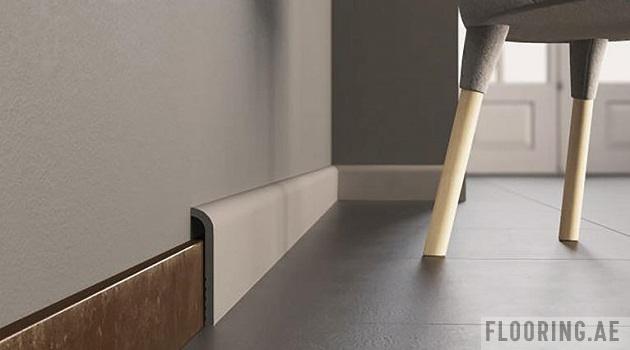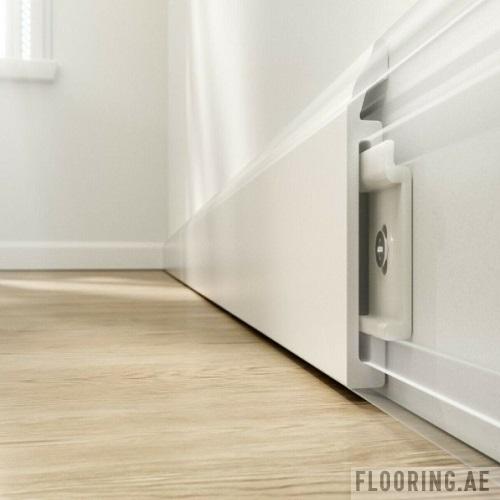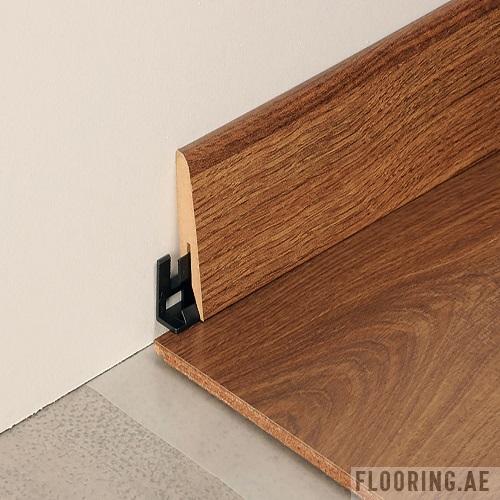Floor Skirting
Floor Skirting as a Practical Solution for Flooring Transitions
Floor skirting, also known as baseboard or base molding, is a decorative and functional element that is installed at the bottom of interior walls where they meet the floor. It serves several purposes, including covering the joint between the wall and the floor, protecting the wall from scratches and dents caused by furniture or foot traffic, and adding a finishing touch to a room’s design.
Floor skirting dubai comes in various materials, including wood, PVC, MDF, and plaster. The most popular material is wood, which is available in a wide range of species and finishes to match any interior decor. PVC and MDF skirting are also popular options due to their affordability, durability, and ease of installation. Plaster skirting is less common but provides a more elegant and seamless finish.
30%
DISCOUNT
Qualities of Floor Skirting
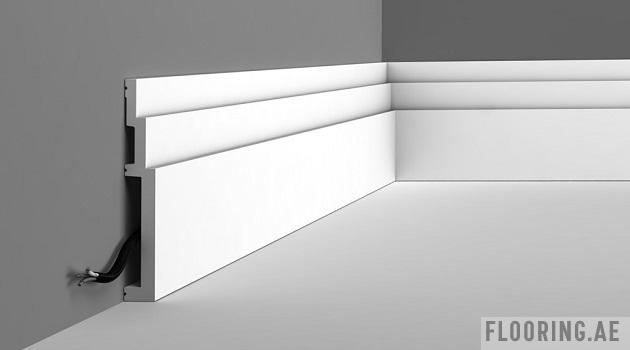
- Durability: Floor skirting should be durable enough to withstand wear and tear from foot traffic, furniture, and cleaning. Materials like wood, PVC, and MDF are popular choices for their durability and resistance to damage.
- Aesthetic appeal: Floor skirting should complement the style and color scheme of a room, and add to its aesthetic appeal. Different materials, profiles, and finishes can create different looks, from traditional to modern, rustic to elegant.
- Protection: Floor skirting dubai should protect the walls from scratches, dents, and scuffs caused by furniture or foot traffic. It can also serve as a barrier to prevent moisture and dust from entering the wall cavity.
- Functionality: Floor skirting abu dhabi can also serve a functional purpose, such as hiding electrical wiring, improving insulation and energy efficiency, and providing a surface for mounting accessories like towel racks or hooks.
- Easy installation: Floor skirting should be easy to install, either through nailing, gluing, or snapping into place. Some materials, such as PVC and MDF, are particularly easy to work with due to their lightweight and easy-to-cut nature.
- Maintenance: Floor skirting should be easy to clean and maintain, especially in high traffic areas. Materials like wood or PVC may require periodic cleaning or repainting, while MDF or plaster may require occasional touch-ups or repairs.
Why Choose Us ?
looring.ae is a leading provider of high-quality floor skirting in the UAE. There are several reasons why floor skirting is best at Flooring.ae, including:
- Wide range of options: Flooring.ae offers a wide range of options for floor skirting, including different materials, profiles, colors, and sizes. Customers can choose from materials such as wood, PVC, MDF, and plaster, as well as different profiles and finishes to match their interior decor.
- High-quality materials: Flooring.ae sources its materials from reputable manufacturers, ensuring that the floor skirting is of high quality and meets industry standards for durability, safety, and performance.
- Expert installation: Flooring.ae has a team of expert installers who can install floor skirting quickly and efficiently, ensuring a seamless and professional finish.
- Competitive pricing: Flooring.ae offers competitive pricing for its floor skirting products and installation services, making it an affordable option for customers who want high-quality products and services at a reasonable price.
- Excellent customer service: Flooring.ae is committed to providing excellent customer service, and its team is available to answer any questions or concerns that customers may have. From product selection to installation and maintenance, Flooring.ae is dedicated to ensuring customer satisfaction.
FAQs
A: Floor skirting, also known as baseboard or base molding, is a decorative and functional element that is installed at the bottom of interior walls where they meet the floor. It serves several purposes, including covering the joint between the wall and the floor, protecting the wall from scratches and dents caused by furniture or foot traffic, and adding a finishing touch to a room's design.
A: Floor skirting can be made of various materials, including wood, PVC, MDF, and plaster. The most popular material is wood, which is available in a wide range of species and finishes to match any interior decor. PVC and MDF skirting are also popular options due to their affordability, durability, and ease of installation. Plaster skirting is less common but provides a more elegant and seamless finish.
A: Floor skirting can be installed in various styles, ranging from simple and modern to ornate and traditional. The most popular styles include square, round, and colonial profiles, which are available in different sizes and heights to accommodate different ceiling heights and floor types. Other popular styles include stepped, chamfered, and ogee profiles, which add depth and character to a room's design.
A: Installing floor skirting is a relatively simple process that requires basic carpentry skills and tools. The skirting is typically nailed or glued to the wall, and its length is cut to fit the length of each wall. A professional installer can also help with more complex installations, such as those that involve curved or angled walls.
A: Floor skirting can enhance the aesthetic appeal of a room, protect walls from damage caused by furniture or foot traffic, and improve insulation and energy efficiency by filling gaps between the floor and the wall. It can also serve as a conduit for electrical wires, allowing for easy installation of electrical outlets and switches.
A: The maintenance of floor skirting depends on the material used. Wood skirting may require periodic cleaning or repainting, while PVC or MDF skirting may require occasional touch-ups or repairs. Regular cleaning with a soft cloth and mild detergent is recommended to maintain the skirting's appearance and prevent buildup of dirt or debris.
A: Yes, floor skirting can be customized to fit specific needs. Whether you require a unique profile or a custom color, flooring providers like us can work with you to create a floor skirting solution that meets your specific requirements.
Areas We Serve
Dubai Areas
Emirates Hills, Jumeirah Golf Estate, Dubai Marina, Palm Jumeirah, Jumeirah Umm Suqeim, Trade Centre area, Downtown, Al Safa, Mirdif, Arabian Ranches, Jumeirah Lakes Towers, Jumeirah Beach Residence, Business Bay, Al Barsha, Dubai Sports City, Al Garhoud Lakes, Springs Meadows, Motor City, Jumeirah Village, The Greens, The Gardens, The Green Community, Jumeirah Village circle, Jumeirah Village triangle, Dubai investment Park, Jumeirah Park, Al Furjan,
Dubai Hills & Mohammed bin Rashid City
Abu Dhabi Areas
Yas Island, The Corniche Area, Saadiyat Island, Al Reem Island, Al Maryah Island, Tourist Club Area, Khalifa City, Al Khalidiyah, Al Reem Island, Khalifa City, Mohammed Bin Zayed City, Al Reef, Al Raha, Al Mushrif Al Karamah
Emirates
Dubai, Abu Dhabi, Sharjah, Umm al-Qaiwain, Fujairah, Ajman and Ra’s al-Khaimah
